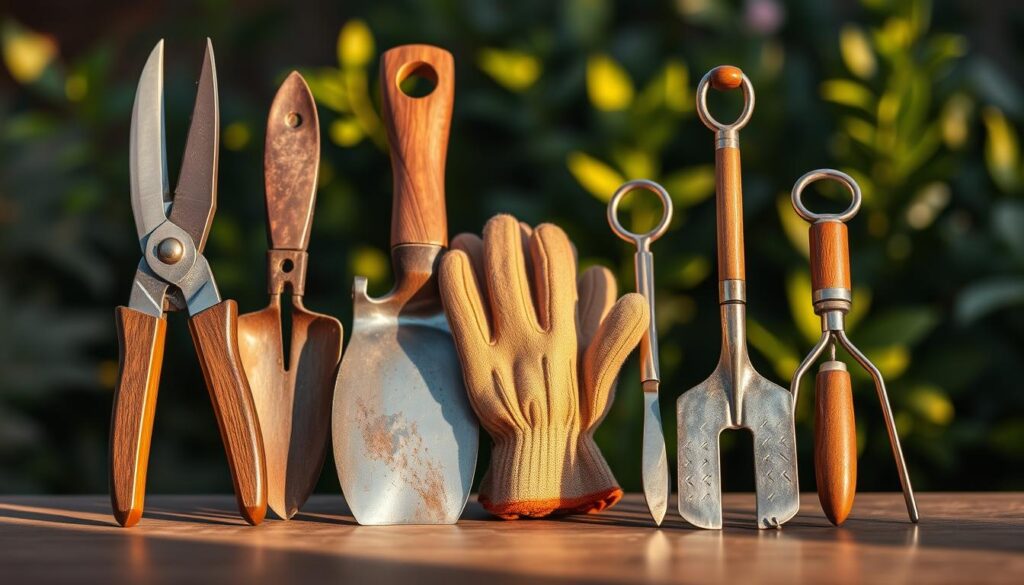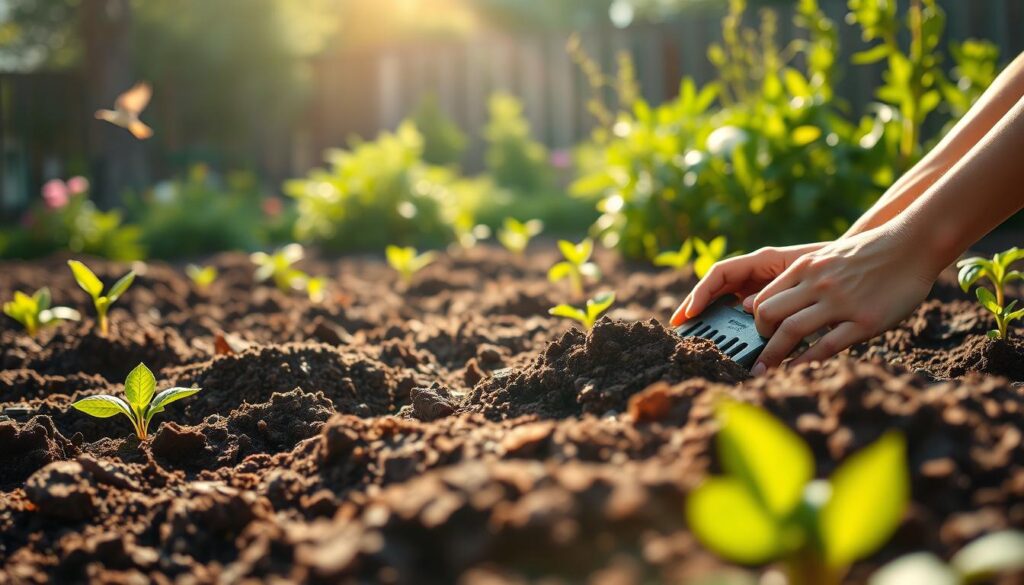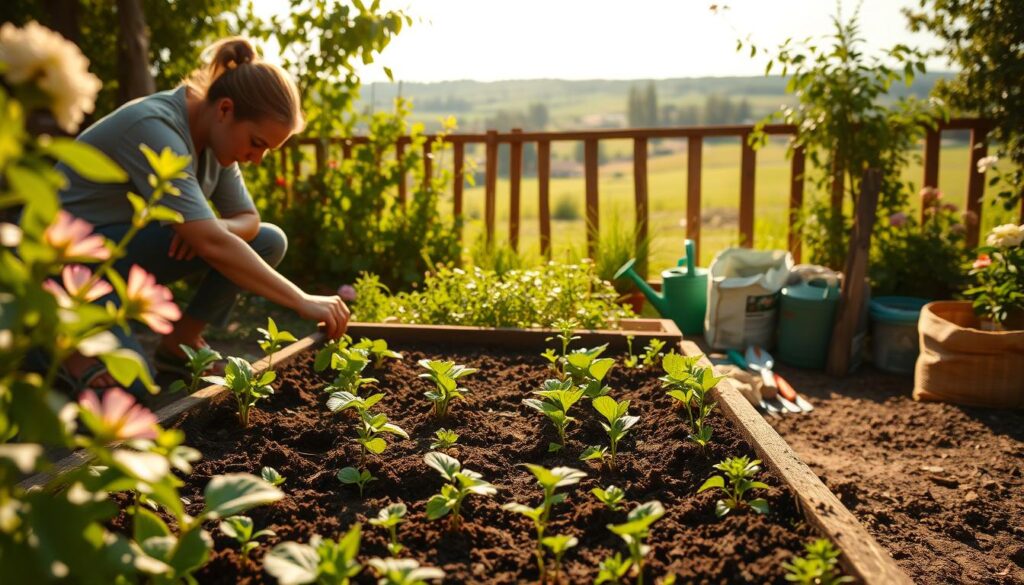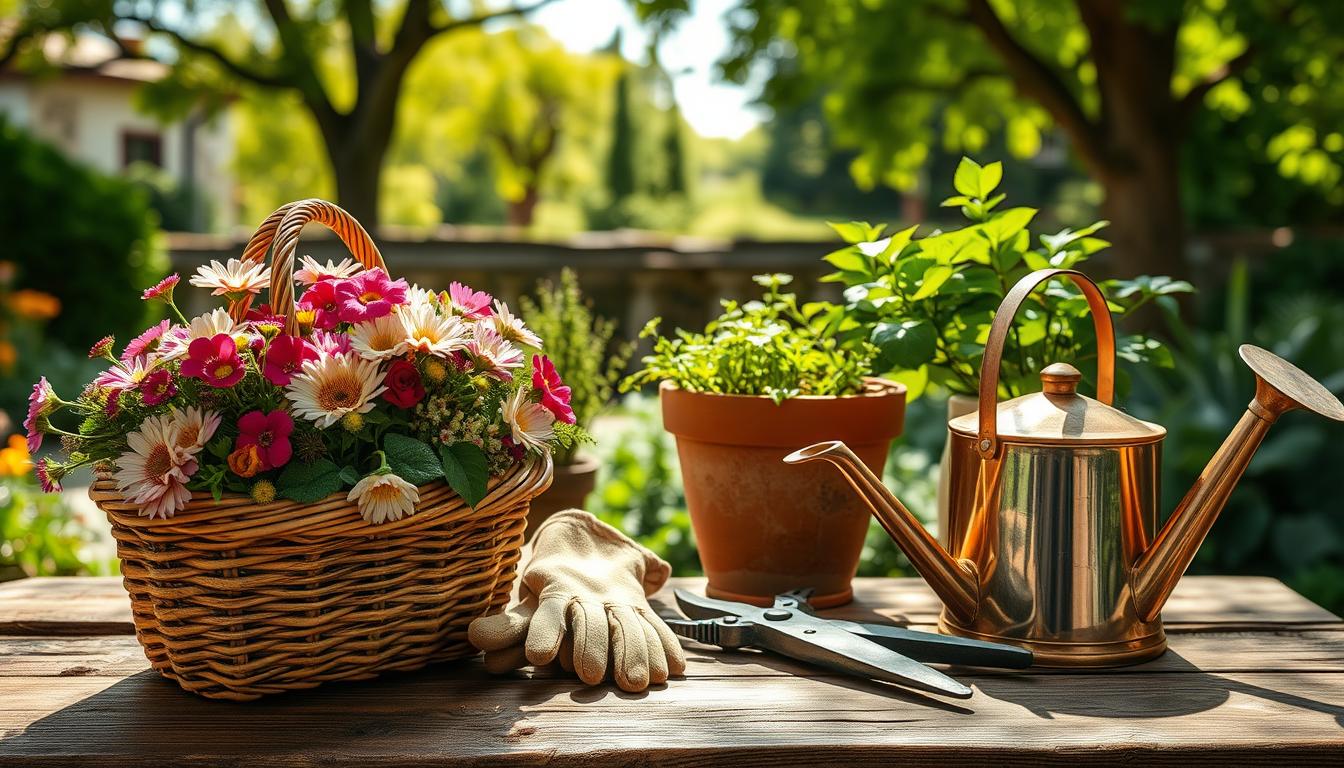Creating a thriving garden requires more than just enthusiasm—it demands the right tools, knowledge, and practices. Whether you’re growing vibrant flowers or fresh vegetables, understanding the essentials can make all the difference. From selecting the best seeds to preparing nutrient-rich soil, every step plays a crucial role in your garden’s success.
One of the most important factors is soil quality. As Dustin Blakey emphasizes, healthy soil is the foundation of any productive garden. Proper preparation ensures your plants receive the nutrients they need to flourish. Additionally, efficient garden layouts can maximize space and yield, turning even a small area into a bountiful “food factory.”
Seasonal considerations, like spring dormant spraying for fruit trees, also contribute to year-round success. Gardening isn’t just about growing plants—it’s about creating lasting memories and enjoying the environmental benefits of homegrown produce.
Key Takeaways
- Healthy soil is the foundation of a thriving garden.
- Efficient layouts maximize space and vegetable yields.
- Seasonal practices ensure year-round success.
- Proper seed selection impacts plant vitality.
- Gardening offers environmental and family-friendly benefits.
Essential Tools for Every Backyard Gardener
Equipping yourself with the right tools is the first step toward a flourishing garden. From planting to maintenance, having the proper equipment ensures your plants thrive. Whether you’re growing vegetables, herbs, or flowers, these essentials will make your gardening journey smoother and more enjoyable.

Must-Have Gardening Tools
Every gardener needs a set of reliable tools. Ergonomic trowels are perfect for digging small holes, while seed drills create precise planting trenches. For larger spaces, consider vertical tools to maximize space and efficiency. These tools not only save time but also reduce strain on your hands and back.
Choosing the Right Seeds for Your Garden
Selecting the best seeds is crucial for a successful harvest. For example, cherry tomatoes are ideal for small spaces, while paste tomatoes are better for sauces. Poppy seeds require full sun and well-drained soil to thrive. Always check seed viability and choose varieties suited to your climate and garden size.
Investing in Quality Mulch and Compost
Mulch and compost are essential for healthy soil. Mulch helps suppress weeds and retain moisture, especially in vegetable beds. Compost enriches the soil, but options vary. Here’s a quick comparison:
| Compost Type | Price Range | Best For |
|---|---|---|
| Ground Units | $50 | Small gardens |
| Compost Tumblers | $850 | Urban spaces |
Aged animal manure is another option, but be cautious of weed seeds. For fruit trees, ensure mulch is placed at least 10 feet beyond the drip line to prevent root incursions.
By investing in the right tools, seeds, and soil enhancements, you’ll set the stage for a productive and rewarding gardening experience.
Preparing Your Soil for Success
Healthy soil is the cornerstone of a productive garden, setting the stage for vibrant plants and bountiful harvests. Whether you’re growing vegetables, flowers, or herbs, understanding your soil’s needs is essential. Proper preparation ensures your plants thrive, saving you time and effort in the long run.

Understanding Soil pH and Composition
Soil pH plays a critical role in plant health. Dandelions, for example, indicate alkaline soil with a pH of 7.5, while moss suggests acidity. Testing your soil is simple—use a test kit or observe natural indicators. Knowing your soil’s composition helps you choose the right amendments for optimal growth.
How to Double-Dig and Enrich Your Soil
Double-digging is a proven method to improve soil structure. Dig 12-18 inches deep with a pitchfork, removing rocks while preserving earthworms. This process aerates the soil, allowing roots to penetrate easily. Adding organic matter like compost or glacial rock dust replenishes essential minerals, ensuring your soil remains fertile year after year.
Creating Raised Beds for Better Drainage
Raised beds are a game-changer for many gardeners. They warm faster in spring, extending the growing season, but require more watering in hot climates. Keep beds no wider than 4 feet for easy access and maintenance. For sloped gardens, consider terracing with reclaimed materials to improve drainage and prevent erosion.
Here are some additional tips to keep your soil in top shape:
- Use walking planks to prevent soil compaction.
- Incorporate green manure crops like clover to enrich the soil.
- Try sea soil, a mix of fish and sawdust, for a nutrient boost.
By preparing your soil with care, you’ll create a thriving environment for your plants. For more tips on starting your garden, check out this beginner’s guide.
Planting and Caring for Your Garden
Planting and nurturing your garden is a rewarding journey that requires attention to detail and the right techniques. From choosing the best plants for your space to ensuring they receive proper care, every step plays a vital role in their growth. Let’s explore how to make your garden thrive.

Selecting the Best Plants for Your Space
Choosing the right plants is essential for a successful garden. Consider your space and sunlight availability. For example, tomatoes self-pollinate easily outdoors, making them ideal for sunny spots. Carrots, on the other hand, require thinning to ensure proper growth. Alison Collin’s carrot thinning techniques recommend spacing seedlings 2-3 inches apart for optimal results.
For vining plants like pumpkins, vertical growing can save space and improve air circulation. Eggplants thrive in sheltered locations, making them perfect for smaller gardens. Always select varieties suited to your climate and garden size.
Watering and Irrigation Tips
Proper watering is crucial for healthy plants. Drip irrigation systems are efficient for vegetable beds, delivering water directly to the roots. Overhead sprinklers, while easier to install, can waste water and promote fungal diseases. Here’s a quick comparison:
| Irrigation System | Best For | Water Efficiency |
|---|---|---|
| Drip Lines | Vegetable Beds | High |
| Overhead Sprinklers | Lawns | Moderate |
Monitor soil moisture regularly and adjust watering schedules based on weather conditions.
Protecting Your Plants from Pests and Diseases
Pests and diseases can harm your plants if left unchecked. Natural pest control methods like companion planting can deter harmful insects. For example, marigolds repel nematodes, while basil keeps aphids away. Dormant oil sprays are effective for fruit trees, preventing overwintering pests.
Pumpkin diseases can be managed through proper fruit set techniques. Remove infected leaves promptly and ensure good air circulation. UCCE Master Gardener strategies recommend timely weeding to reduce competition for nutrients and water.
By following these tips, you’ll create a healthy, thriving garden that rewards your efforts with bountiful harvests.
Conclusion: Cultivating a Thriving Backyard Garden
Building a successful garden is a journey that combines planning, patience, and passion. The 22 essentials discussed here are your building blocks for multi-year success. Remember, healthy soil is an ongoing process—rotate your crops to maintain its vitality.
Start small with salad greens before expanding. The satisfaction of homegrown meals, especially with colorful tomato varieties, is unmatched. Gardening also offers mental health benefits by connecting you with natural growth cycles.
Involve children in composting for educational opportunities. Seasonal maintenance, like dormant fruit tree spraying, ensures your garden thrives year-round. Finally, share your surplus harvests with neighbors to spread the joy of gardening.
With time and care, your garden will become a source of pride and nourishment. Happy planting!

